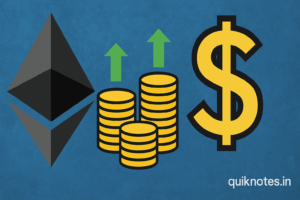Key points
- Buyback underway: SharpLink said it has started repurchasing stock, buying about 939,000 SBET shares at an average price of $15.98 per share as part of its previously authorized $1.5 billion program.
- ETH treasury: The company reports ~$3.6 billion in ETH on its balance sheet, nearly 100% staked and generating revenue; no outstanding debt.
- Context: The buyback authorization was announced August 22, 2025; SharpLink has since increased ETH holdings to ~837,230 ETH as of August 31, 2025.
What happened
SharpLink initiated purchases under its stock repurchase program, confirming roughly 939,000 shares have been bought back at an average of $15.98. Management argues the stock trades below the company’s Ethereum net asset value per share, making repurchases immediately accretive for long-term holders.
The company also reiterated that it holds approximately $3.6 billion of ETH, with nearly all staked—a posture it says is producing material revenue—and that it has no outstanding debt.
Background
On August 22, 2025, SharpLink’s board authorized up to $1.5 billion of share repurchases. Since launching its ETH-treasury strategy in June, the company has aggressively added to reserves via capital raises and market purchases. A September 2 update showed ETH holdings at ~837,230, with staking rewards accumulating and additional capital raised through an ATM facility.
Independent coverage at the time highlighted that SharpLink had become one of the largest corporate holders of ETH, noting the scale of its authorization and treasury strategy.
Why it matters
- Capital return & valuation: Buybacks at prices below estimated ETH NAV can boost per-share exposure to Ethereum and signal management’s confidence in both the treasury strategy and equity valuation.
- Staking revenues: With nearly 100% of ETH reportedly staked, yield becomes a non-trivial component of operating results—though it introduces validator and protocol risks that investors should monitor. (Company claims; independent verification advisable.)
- Balance sheet strength: The firm also emphasized no outstanding debt, which can provide flexibility through market cycles.
What to watch
- Pace of repurchases relative to trading liquidity and any constraints under the program.
- Updates to ETH holdings (purchases, staking rewards, and any redeployments) via the company’s investor updates and ETH dashboard.
- SEC filings / disclosures that may detail buyback execution and treasury management practices.
